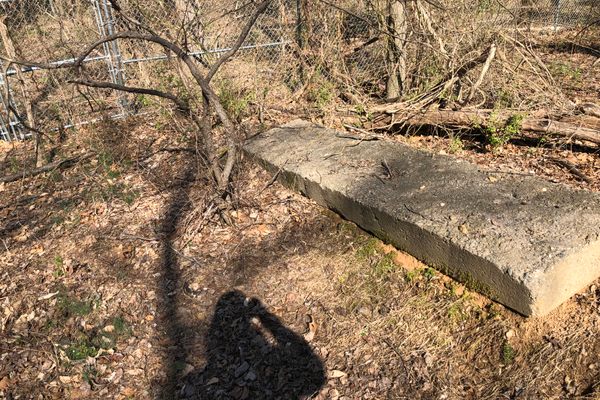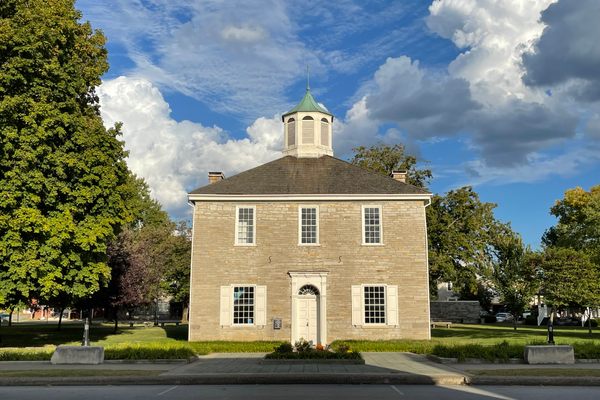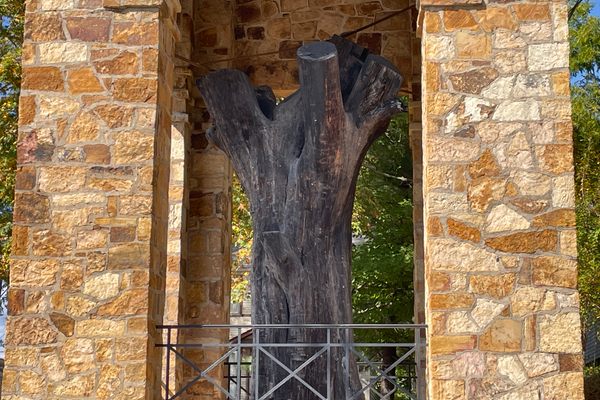AO Edited
Yenching Palace
The iconic D.C. restaurant where the Cuban Missile Crisis was negotiated, now a Walgreens.
In its heyday in the 1960s and 70s, Yenching Palace was a landmark in Washington, D.C. known for its iconic neon sign with the confusing backwards “Y”, and frequented by celebrities and politicians, including Mick Jagger, Art Garfunkel, Ann Landers, Henry Kissinger, Bob Woodward, and Carl Bernstein.
More famously, Yenching Palace played a pivotal role at a crucial moment in American history. It was the final meeting place in negotiations between the U.S. and Russia to resolve the Cuban Missile Crisis and avoid nuclear war.
As the story goes, ABC newsman John Scali, representing President John Kennedy, and Soviet Embassy counselor (and senior K.G. B. officer) Aleksander Fomin, representing the Soviet leader Nikita Khrushchev, met covertly in the second to last booth on the left to iron out the details of an agreement.
There are few details on the meeting, but the New York Times reported that the negotiations took place over the course of several meetings in local Washington establishments. Over lunch at the Willard Hotel, the terms for settlement of the crisis were proposed—the promise not to invade Cuba in exchange for the missiles being removed—and the terms were agreed upon later at the Statler coffee shop. The next day the two men celebrated the conflict resolution with a Chinese dinner at Yenching Palace.
Yenching Palace was opened in 1955 by Van Lung, the son of a Chinese warlord. Ownership passed down to his nephew, who, facing rising costs, closed the restaurant in 2007. The building went on to house a Walgreens, which is also now closed.
Know Before You Go
The building still stands and features a historical plaque in the windows describing the history of the location, very worth a stop.





















Follow us on Twitter to get the latest on the world's hidden wonders.
Like us on Facebook to get the latest on the world's hidden wonders.
Follow us on Twitter Like us on Facebook